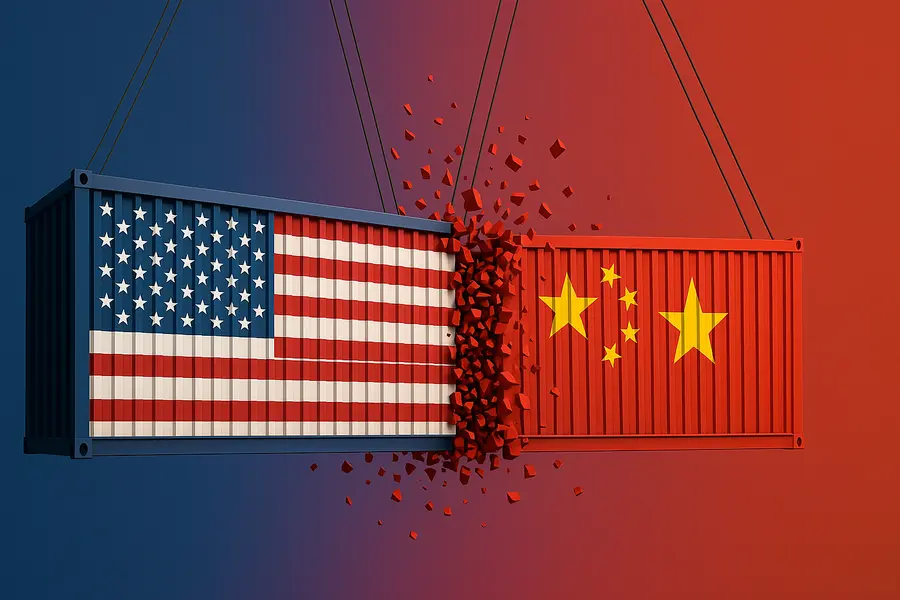Taiwan Strait Tensions Escalate: China's Strategic Naval Maneuvers Raise Concerns
Increased military activity in the Taiwan Strait signals rising tensions between China and Taiwan, raising fears of a potential military confrontation. What are the implications for the Asia-Pacific region? Read on for insights.
Tensions in the Taiwan Strait have escalated dramatically, with recent developments hinting at a possible military confrontation that could impact the entire Asia-Pacific region. The People's Liberation Army (PLA) of China has been stepping up its naval operations, notably with its Shandong aircraft carrier taking an unexpected route to the east of Taiwan. This strategic maneuver has caught the attention of defense analysts, who believe it serves multiple purposes, including simulating countermeasures against U.S. naval forces in the vicinity.
PLA's Naval Operations and Strategic Significance
The Shandong, China's first domestically built aircraft carrier, recently engaged in joint military exercises with various naval and aerial units in waters southeast of Taiwan. These drills, conducted earlier this week, represent the largest military exercises in the area since February, when Taiwan reported live-fire drills by the PLA. While Beijing has dismissed Taiwan's claims of an increase in military aggression as "pure hype," the recent activities suggest a heightened state of readiness and a focus on enhancing China's naval capabilities.
Defense experts interpret the Shandong's route as more than a display of naval might; it is also seen as an exploration of alternative maritime pathways that could be crucial in a potential conflict over Taiwan. Such maneuvers indicate China's ongoing strategy to bolster its naval readiness in a region that it views as critical to its national interests.
U.S. Response and Regional Dynamics
The situation has intensified following comments from U.S. Defense Secretary Lloyd Austin, who reaffirmed America's commitment to ensuring deterrence across the Taiwan Strait. Austin labeled Beijing's actions as aggressive, positioning the U.S. as a steadfast ally of Taiwan amid rising tensions. China's government, however, views U.S. support for Taiwan as a direct challenge to its sovereignty, insisting that Taiwan is an inseparable part of its territory and threatening military intervention if necessary.
Broader Implications for the Asia-Pacific Region
The growing military assertiveness of China in the Taiwan Strait has significant implications for regional stability. The potential for miscalculation during military exercises or naval encounters could lead to unintended escalation, drawing in other nations and complicating diplomatic relations. The stability of the Asia-Pacific region hinges on the ability of both China and Taiwan to navigate these tensions without resorting to force.
Conclusion
As military activities in the Taiwan Strait increase, the risks associated with potential confrontation remain high. The PLA's recent maneuvers not only highlight China's strategic intentions but also underline the importance of ongoing dialogue and diplomatic efforts to mitigate tensions. The international community must remain vigilant and proactive in addressing the complexities of the Taiwan situation, as the ramifications of any conflict could extend far beyond the region.
What's Your Reaction?
















